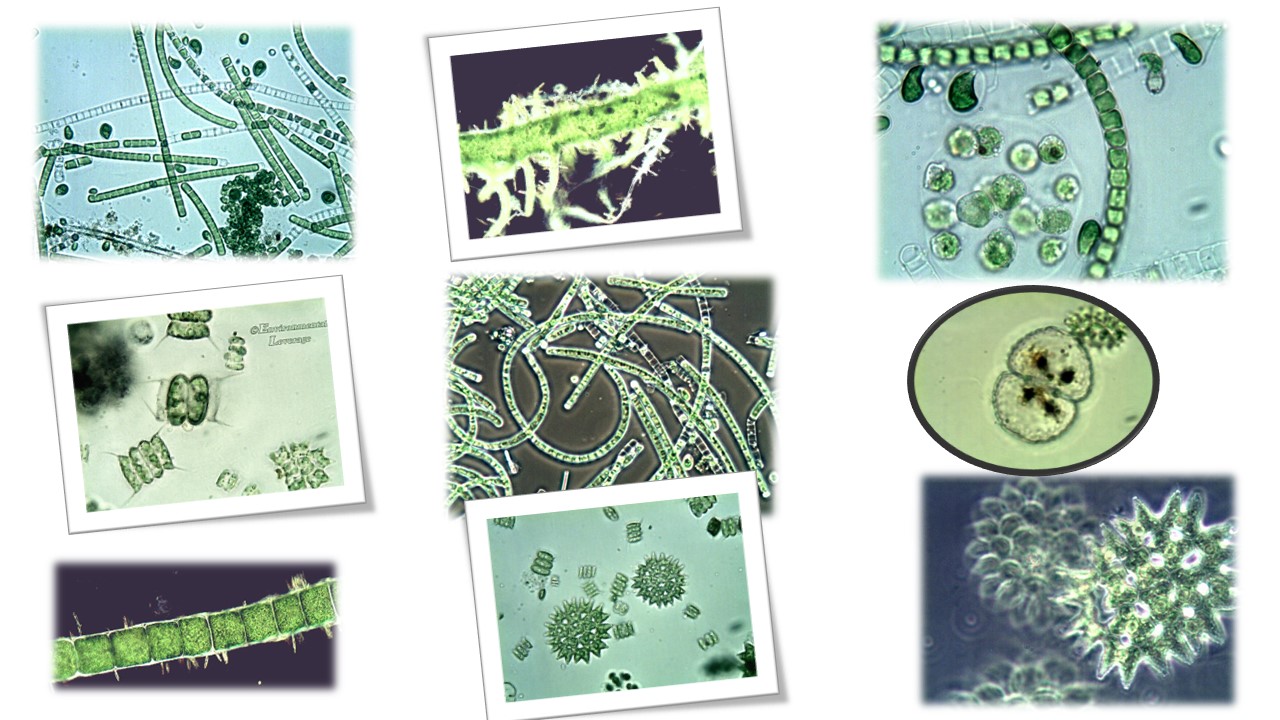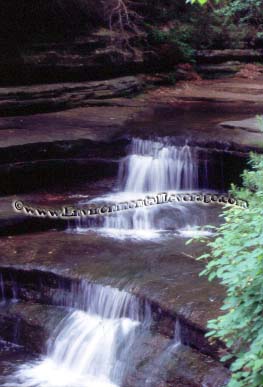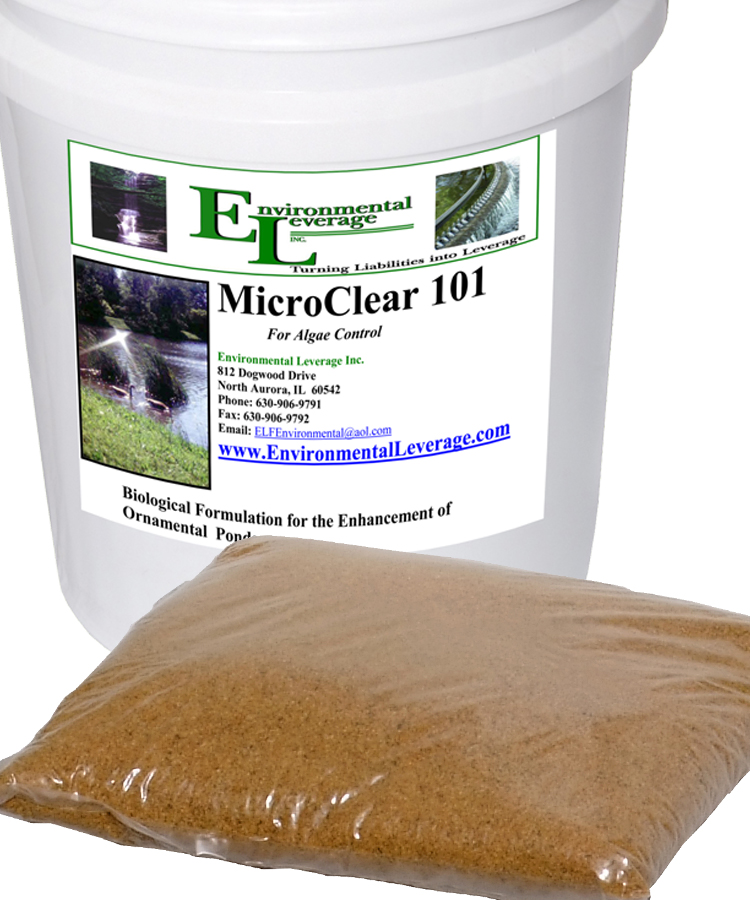Biological Products:
Bioaugmentation products for Wastewater applications in Papermills, Refineries, Chemical, Tanneries, Municipalities, Textiles, Steel, Agriculture, Animal feedlot, Gun Powder plant, Food and Beverage- Dairy Products, Orange Juice factory, Wineries, Cookie factory, Vegetable processing plant, Meat packing, Barbecue Restaurant, Aquaculture, Ornamental Ponds with algae , CAFO, Nursing homes, Military, Campgrounds, Universities, Regulatory agencies, River and Lake remediation
Lab Services:
Filamentous Identification Lab Service. One reason to identify filaments is to determine the filaments characteristics and then determine the type present. If the type is found out, a root cause can usually be associated with a particular filament. If the cause is known, then a correction can be made to alleviate problems. Chlorination is only a quick fix. Without process changes, filaments will grow back after chlorination. Wastewater Biomass Analyses and Cooling Tower Analyses also available
Training Materials:
Training is an integral part of any job. Not everyone is at the same level of training. Many people want beginning concepts and basics. Some need technical information or troubleshooting. Some want equipment, technology or process information. We have developed a full set of Basic training, Advanced training, Filamentous Identification the Easy Way as well as custom training CD's Manuals. We also provide hands-on training classes and soon will have an Online "E-University".
Audits and Consulting:
At Environmental Leverage® Inc., we have a team of experienced individuals who come into your plant with a fresh pair of eyes. The system is checked from influent to effluent. System optimization, equipment efficiency and operational excellence are key components explored. Key Benefits Equipment efficiency Total Cost of Operation reductions Reliability and safety An onsite audit is conducted to examine system parameters, process controls, and current monitor and control procedures. A physical walk-through is conducted, process flow diagrams are examined, previous design criteria are examined and current standard operating procedures are evaluated along with data logs.
|
Troubleshooting-AlgaeWhat's New!
We have just added "Virtual Audits" to our capabilities. Check out our new Services. We are in the process of developing new courses for our ""Online E-University" in order to meet the needs of our global customers that cannot travel to our public classes.Visit our new website www.WastewaterElearning.com/Elearning
Similar Organisms:
Fungi and filamentous bacteria can be similar to Cyanophaecae or algae, the difference will be in the coloring due to the pigments from Chlorophyll used during photosynthesis.
Algae can be found in a variety of environments, soil, fresh or saltwater. They come in various sizes and shapes. They can be single celled, have flagella and be motile, they can be branched. They can be red, green, brown or blue-green.
They are usually common in a biotowers or a trickling filter. They can be found in many clarifiers, and in many lagoon or pond systems. They are often found in ornamental ponds or fountains. They are usually not dominant in an activated sludge, due to the amount of MLSS present, and sunlight cannot penetrate through the MLSS. They can cause "plugging or ponding".
Control:
There are various different controls depending upon the type of system, the cause and the location of the algae. See our troubleshooting guide for Algae problems.
Algae can cause numerous problems. Algae can cause TSS problems in a system, can give false BOD readings, can clog pumps, cause short circuiting if build-up is on the weirs of a clarifier.
These photomicrographs were taken from many wastewater samples. Most of the objectives used were 100x and 400x. Some photos were taken at 1000x.
Come take a closer look at the amazing world under the microscope!
The Green Algae Most green algae contain two forms of chlorophyll, which they use to
capture light energy to fuel the manufacture of sugars Ask how a Biological Maintenance Program or Sludge
Reduction Program can help you improve your system and cut back on Algae
problems. . . .. Email us at
admin@EnvironmentalLeverage.com or call us at 630-906-9791
Bioaugmenation in Rivers and Lakes
Call Environmental Leverage today to learn more about an Algae control program! Microscopic analyses of your system More Troubleshooting
Algae in various parts of a treatment plant Algae in Ornamental or small ponds Algae Removal- Bioaugmentation
Algae
in Various parts of the Plant Mystery bug of the Month- Algae Salton Sea Free swimming ciliates
|

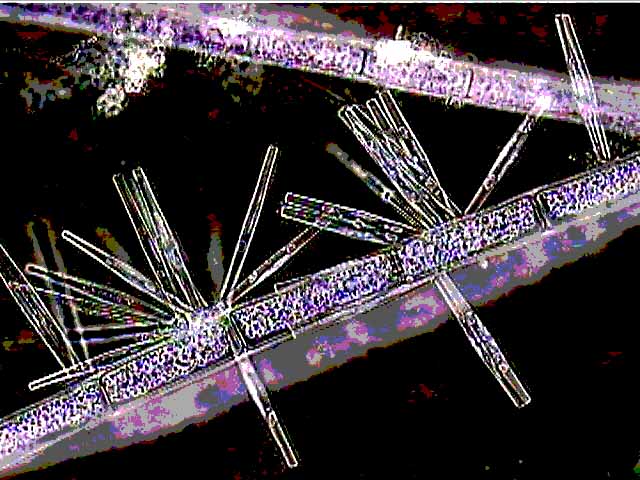 More
than 10,000 living diatom species are known, there are over 8,000 species of
Algae, there are 1500 species of Blue Green algae or Cyanobacteria, there are
6000 species of red algae or Rhodophyta . . . . the list goes on and on- ok, so
identification is not as important as why is it growing, how it impacts my plant
and how to get rid of it!!!
More
than 10,000 living diatom species are known, there are over 8,000 species of
Algae, there are 1500 species of Blue Green algae or Cyanobacteria, there are
6000 species of red algae or Rhodophyta . . . . the list goes on and on- ok, so
identification is not as important as why is it growing, how it impacts my plant
and how to get rid of it!!! 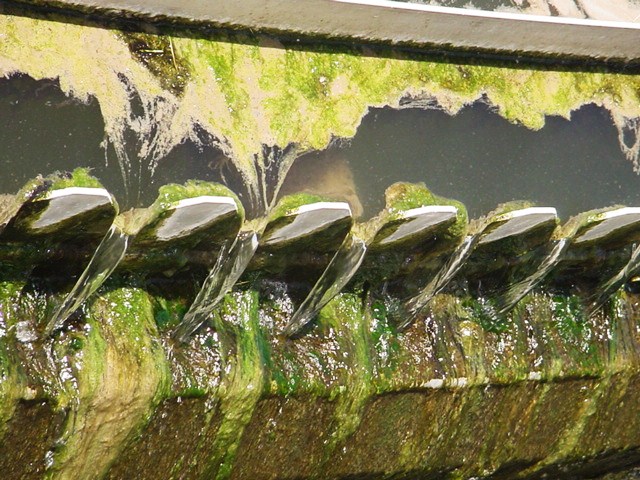 Environment:
Environment: 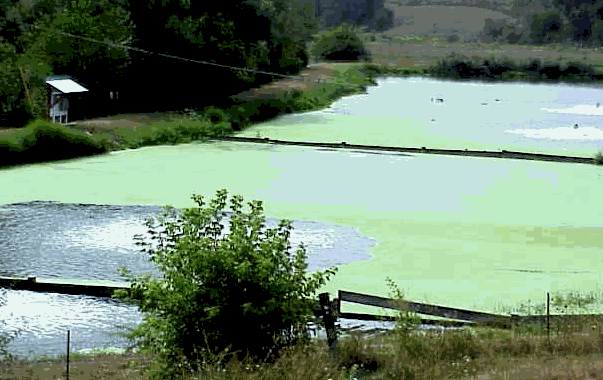 Problems associated with Algae:
Problems associated with Algae: